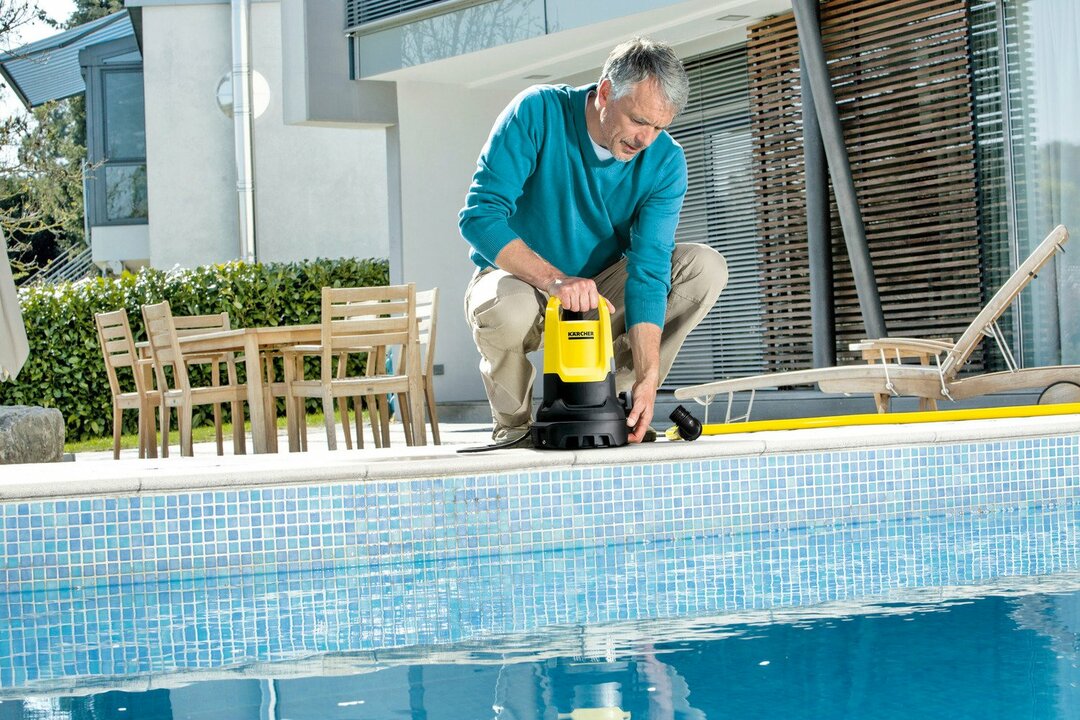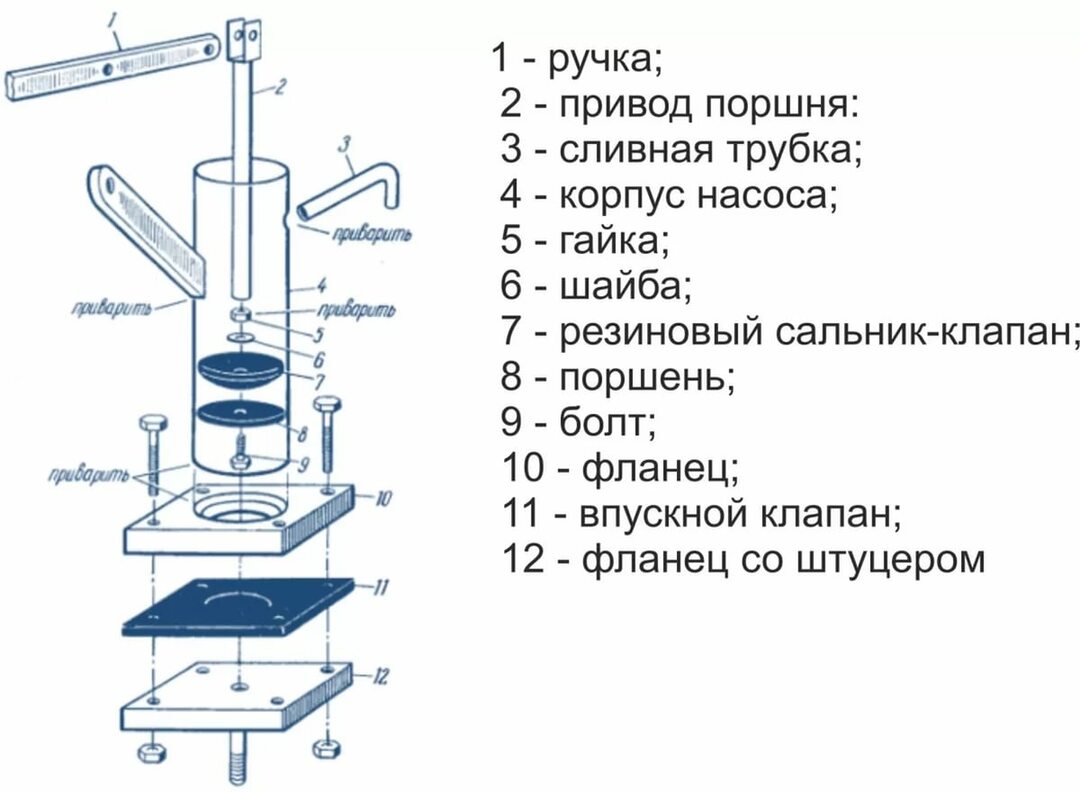Water resources are important for the quality of human life and the preservation of his health. In this regard, the city authorities and the owners of private houses are trying to provide access to clean, tasty water without impurities.
To achieve this goal, an artesian well is suitable, helping to get to clean water that lies in the depths of the earth, which is purified thanks to natural filters.
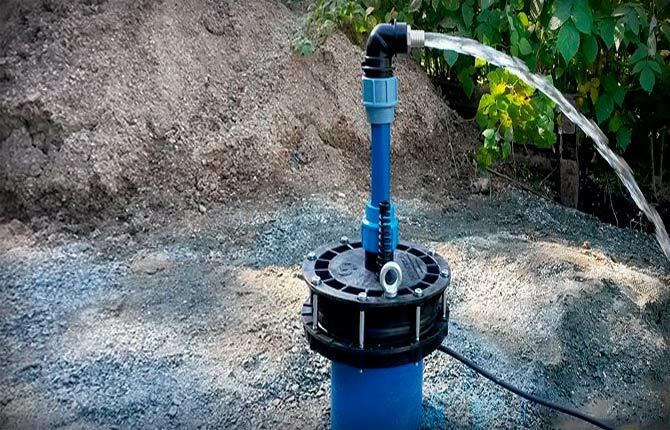
The content of the article:
- What is an artesian well
- Types of artesian wells
- Benefits of limestone wells
- Disadvantages of an artesian well
- Water quality
- How artesian wells are drilled
- Features, operating rules
What is an artesian well
An artesian well is a working with a circular cross section, developed to lift the interstratal water resource from deep layers. It is in conditions of natural isolation inside the "pocket". It is a system for the extraction of artesian water.
To create a well, the rock is drilled to the level where the aquifer is located. One of the options may apply:
- Drill rotation with direct flushing type.
- Drilling rotation with air purge.
- Rotary backwash drilling.
- Shock rope version.
After analyzing the statistical data, it is worth judging the first method as the most popular. Its share is 86-90% of development.
Drilling work can take from a week to a month, depending on the depth, type of pipe, method, soil characteristics.
Useful: Do-it-yourself water well
Types of artesian wells
Before ordering drilling work on the site, you will need to choose one of 4 types of water wells. The choice is based on the type of soil at the drilling site:
- Single pipe artesian well. It is a pipe, along the entire length of which a single diameter is maintained.
- Two-pipe water supply system. To prevent shifting of the main pipe during laying, a plastic tube with a smaller diameter is inserted into its cavity. In the process of work, the auxiliary part fixes the main one in the desired position and direction.
- Telescopic well. Designed for drilling operations in areas with unstable soil, in which additional safety is required, the fight against boulders, rocky rocks. The system trunk consists of pipes of different diameters, which helps to stabilize the stability of the artesian well.
- Conductor type of artesian well. Used in areas prone to quicksand, ground instability. Thanks to periodic thickened inserts, it turns out to protect the main pipe from deformation during drilling and operation.
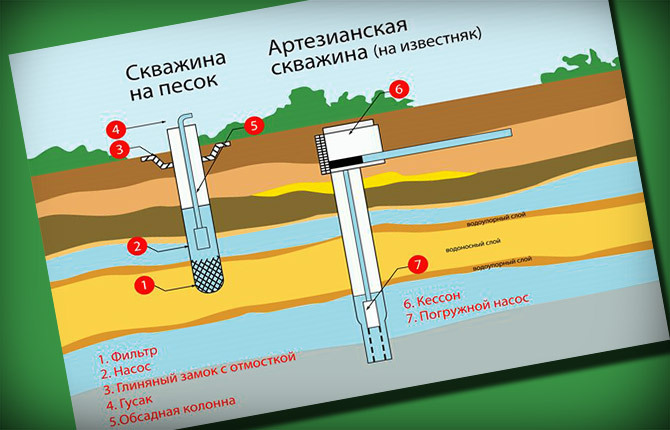
During the planning period for the installation of an artesian system for the extraction of water, the working team is able to assess the factors of drilling, the characteristic nuances of the site. Then it will be possible to adjust the work if necessary, calculate the exact amount of the installation, determine the timing of its implementation.
Benefits of limestone wells
An artesian well to provide residents with drinking water is characterized by a number of advantages, for which it is chosen for installation more often than other options:
- The behavior of the well is predictable, which allows you to think through possible situations in advance. If you have the appropriate knowledge, you can determine the location, the depth of artesian aquifers in the area under consideration. With the relative constancy of the indicators, the hydrogeologist can calculate the level and composition of the water. Based on the data obtained, the owner of the well is able to calculate the required financial injections into the work drilling, characteristics of the pump for delivering artesian water to the surface, distribution by pipes.
- Performance. Due to the permeability of limestone zones, the well can provide a volume of drinking water that will be sufficient for those living in the selected area. Unlike the production load, the production of a private artesian water system depends on the throughput of the inner diameter of the pipe, and is limited by the performance of the installed pumping apparatus. Average - from 2 to 10 m3/ч. The incoming water is enough for drinking, cooking, household procedures. In this case, the water horizon is not taken into account.
- Service duration. Limestone wells are created using pipes made of material that has passed several stages of quality control, which guarantees a total service life of 38-40 years or more. The tolerances of using a simple filter in the form of a perforated pipe facilitate the operation of the well, which reduces the degree and speed of its wear.
- The quality of the water raised to the surface. The purity of the resulting resource increases depending on the depth of the aquifer, the quality of the artesian equipment used. At the same time, there are nuances of the water chemical composition: an increased content of salts, an increase in ferrous iron, an excess of calcium and magnesium ions. You can further purify the water with the help of an additional purifier.
- Due to the constancy of the chemical composition in the resulting water, frequent replacement of cleaning filters is not required. Cleaning can only be carried out by a component that has worked more than the standard period.
- Repair. When using an artesian well, breakage or collapse of the rock can be corrected by treatment with hydrochloric acid or using pneumatic impulse devices.
- Due to the fact that the drilling depth exceeds 30 m, external environmental conditions, temperature fluctuations, change of seasons will not affect productivity and volumes.
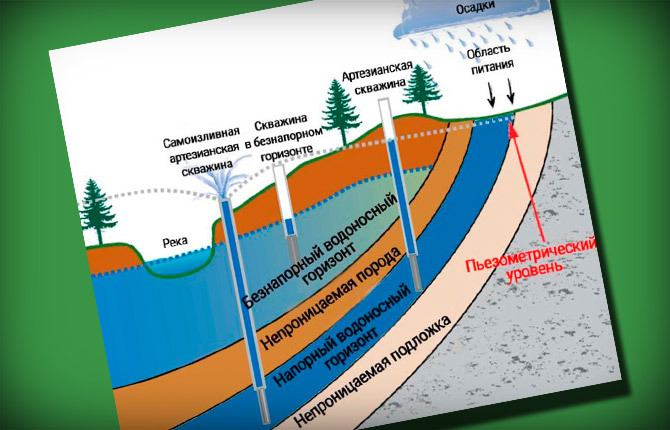
When compared with sandy wells, artesian wells are distinguished by a long service life, facilitated maintenance and repair.
Disadvantages of an artesian well
Behind a significant number of advantages of the artesian system, there are disadvantages, one of which is immediately visible, and the second is revealed in the process of use.
Initially, the client sees a low cost of 2000-2500 rubles / m, which, after calculating the required depth of the well, can turn into an amount from 60,000 to 450,000 rubles.
In addition to paying for drilling, you will have to add the purchase and installation to the final expense:
- caisson;
- pump;
- pitching equipment;
- automated system.
The final amount can reach half a million rubles.
Need to clean the resulting water from iron ions, salts. Chemical studies of water from the artesian system showed a high content of chemical compounds in the liquid, which, when accumulated, provoke:
- change in the work of internal organs;
- liver damage;
- load on the heart muscle;
- pancreatic damage.
You can detect an excess of elements after the water stands in the open air or boils. In this case, a red-brown precipitate appears at the bottom of the container. Scientists also reveal a high content of magnesium, calcium salts, limestone elements in the produced water.
Due to chemical composition problems, owners are advised to purchase and install a cleaning system, the type of which is determined after a detailed chemical study, determination of the main "pollutant".
According to SanPiN, it is known that in a number of areas where artesian water deposits are located, an excess of normative indicators in the water of barium, lithium, strontium ions, which leads to bone fragility due to the replacement of bone calcium for strontium.
A high level of salts in the water leads to a deterioration in the operation of boilers due to the occurrence of scale.
When delivering from the depths, it is necessary to understand that the liquid passing through hundreds of different layers gradually collects and accumulates elements that are not always useful.
Water quality
Water raised from artesian layers must meet the established standards of chemical composition:
- manganese - maximum 0.1 mg / l;
- fluorine - from 0.7 to 1.5 mg / l;
- iron - no more than 0.3 mg / l.
At the same time, water hardness should not exceed 7 mg eq / l.
Statistics show the content of potassium, calcium, magnesium, and iron in the water resource, whose indicators in the bulk are increased, require special cleaning with filters.
Water is what distinguishes an artesian well on limestone from “on sand”:
- The temperature of the artesian water resource remains at the same level throughout the year. This is due to the depth of its location.
- Saturated with trace elements that are required by a living organism for development, growth, both physical and mental.
To use water obtained from a limestone well, it is recommended to install additional filters, which will allow it to be used both for domestic needs and for drinking, cooking without fear for the inhabitants Houses.
How artesian wells are drilled
To assess the quality of the drilling work performed, the installation of equipment, one should understand the technology, the nuances that you should pay attention to when accepting the work.
For drilling, large-sized drilling rigs based on trucks or portable drilling rigs can be used. The second option is used in areas where it is impossible to ensure the passage of overall equipment.
An example of a well installation in a rotary way using direct flushing:
- The machine begins to erode, destroy the rock in a predetermined area. A drilling fluid is used to help flush out waste in the form of mud, stones, etc. The polluted solution which is taken out outside is taken away in the hole allocated under it.
- As soon as the development formed during drilling reaches the horizon of the aquifer, casing-type pipes begin to be lowered into the resulting well. Fastening them together with a threaded connection. Workers receive a "column", into the inner part of which a drill of a smaller diameter is inserted. With its help, the breed is opened.
- Washing the resulting well until clean water is obtained.
- The drilling rods are lifted in the presence of the customer. This is required to measure the depth of the well.
- Installation of additional equipment: pumping station, cleaning or filtering apparatus.
When installed on the site, to provide water to a private house, you will need a well with a diameter of up to 12.7-15.9 cm. This is enough to install a private pump. The depth can reach 200 m depending on the region of the country.
Reading: Well drilling methods
Features, operating rules
Initially, it will be necessary not only to determine where the aquifer lies, but also how many meters the artesian well will be deep into the soil.
According to the legislation of the Russian Federation, a water-producing artesian system deeper than 30 m must be registered, the user must obtain a license from inspection organizations. In order to obtain permission, accreditation for the installation of a well, it is necessary to provide and equip a security area.
Based on the regulations from SanPiN, 3 zones are distinguished.
| Level | Diameter, m | Description |
| Strictly restricted zone | 10-50 | Protection extends to the prevention of mechanical damage from the external environment. Provided by fencing the well with a fence or using a cap |
| Microbial Contamination Prevention Zone | 100-250 | Prevention of ingress of sewage, mud water from hillocks, hills into the area of the water intake system. If there are ravines, lowlands near, it is required to maintain cleanliness on their territory, the destruction of deposits of branches, dead animals, etc. |
| Chemical protection zone | 250 m - 1 km | The area should be free from cattle burial grounds, garbage dumps, farms, cemeteries, industries |
Control over the state of sanitary areas should be provided by the owner of the site where the well is located. For this purpose, a chemical analysis of water is carried out with a period of 1-2 times in 2 years.
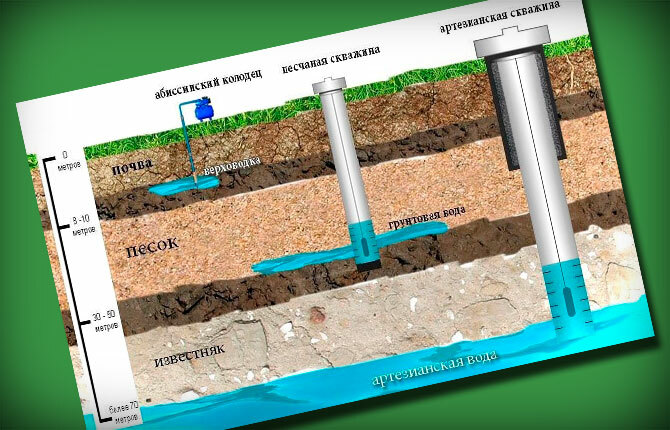
Due to the fact that most of the system is hidden in the ground, you can see cracks or breakages with the naked eye impossible, it is recommended to carry out a preventive technical inspection once a year with a call of the master for plot. For inspection, you will need to use the equipment.
Technical preventive measures:
- Confirmation of the operability, viability of the main components in the equipment used to lift the water resource.
- Adjustment, regulation of automation, adding lubricant, treatment with anti-corrosion agents, checking fasteners, replacing if necessary.
- Measurement of hydraulic parameters: wellhead pressure, water level in static, dynamic sense, debit, etc.
- Works of an electrical nature, including system diagnostics, checking the integrity of wire insulation.
- Taking water samples for visual examination: color, transparency, impurities, mechanical elements in the liquid.
- Cleaning, disinfection, washing works if necessary.
In addition to scheduled inspections of the well by specialists, unscheduled ones can be carried out. When it's needed:
- reduction in the volume of water received by 15% or more compared to previous indicators;
- periodic operation of thermal protection without good reason;
- change in the properties of water;
- the appearance of an uncharacteristic taste, smell, color;
- unusual sounds, vibrations during the operation of the well, pump;
- a sharp change in energy consumption by more than 20% of the usual.
Ordering an inspection as a preventive measure allows you to identify a breakdown at an early stage, which in the future will help save on repairs and avoid a critical failure of the water lifting system.
The possibility of installing an artesian well, its depth, drilling technology depend on where the system will be located, its characteristics, and purpose.
At the planning stage, it is recommended to determine the style of work: do-it-yourself or turnkey. The use of the second option will cost more, while the installer organization assumes responsibility for installing the well.
What do you think, is it worth overpaying for drilling to get artesian water? Share your opinion in the comments.

